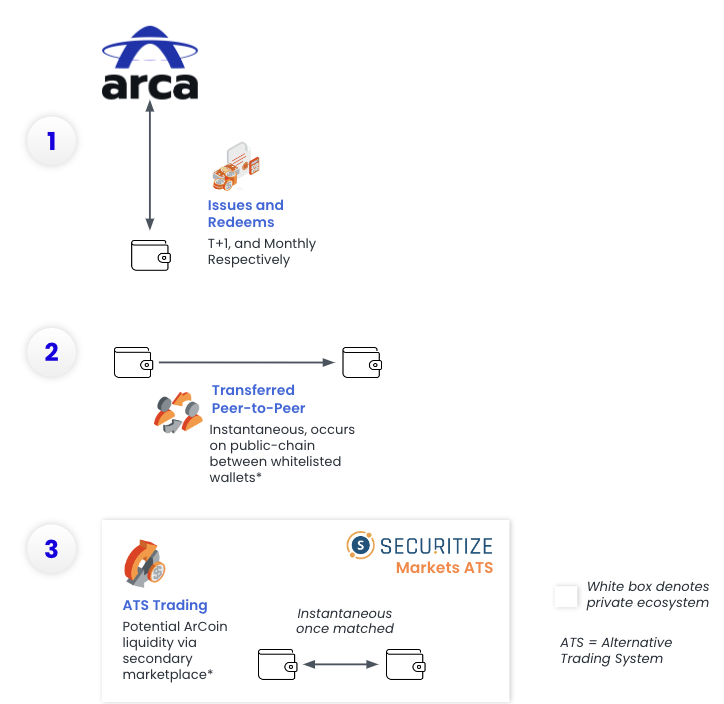Research Summary
The report discusses the differences between integrated and modular blockchain architectures, using Solana and Ethereum as examples. It explores the impact of these approaches on adoption, product development, and the trade-offs each presents. The report also provides an outlook on the future of these technologies.
Key Takeaways
Integrated vs Modular Architecture
- Understanding the Distinction: Integrated blockchains like Solana encapsulate all functionalities within a single consensus layer, while modular blockchains like Ethereum adopt a more compartmentalised approach, allowing for specialisation in certain functions. This distinction impacts the speed, security, and decentralisation of the blockchain.
Impact on Adoption and Product Development
- Challenges with Modular Architecture: Ethereum’s modular architecture has encountered issues with user experience due to the proliferation of asset ledgers and smart contracts, leading to a fragmented global state. This affects liquidity, increases gas consumption and fees, and necessitates more computations.
- Benefits of Integrated Architecture: Integrated blockchains like Solana offer a more seamless user and developer experience by maintaining composability, a key feature for developing modular smart contracts. This approach provides a better substrate for applications.
Trade-offs of Each Approach
- Challenges with Integrated Architecture: Solana’s pursuit of minimal latency and a large validator set presents inherent challenges, including network stability and high operational costs for nodes. Solana is working on solutions to these issues, such as introducing more clients and building light clients.
- Complexity of Modular Systems: Modular systems like Ethereum present increased complexity for developers, who must navigate both technical and social complexity. This can lead to a delicate balance between autonomy and conformity within the ecosystem.
Solutions and Outlooks
- Ethereum’s Path: Ethereum seems entrenched in its modular approach, focusing on standardising practices and embracing the trade-offs inherent in its architecture. The Law of Chains is a step towards this standardisation, promoting interoperability and setting minimum standards across the network.
- Solana’s Future: Solana needs to continue to address its stability and scalability issues. Looking ahead, it may need to solve for congestion, state bloat, and hardware centralisation, possibly through validity proofs and data availability sampling.
Actionable Insights
- Consider the Trade-offs: When evaluating blockchain technologies, consider the trade-offs between integrated and modular architectures. Each approach has its own strengths and weaknesses, and the choice between them can impact everything from user experience to network stability and developer engagement.
- Monitor Developments: Keep an eye on developments in both integrated and modular blockchain technologies. Both Solana and Ethereum are actively working on solutions to their respective challenges, and these improvements could have significant implications for the future of blockchain technology.
- Understand the Impact on Adoption: The choice between integrated and modular architectures can impact the adoption of blockchain technologies. Understanding how these choices affect user experience, product development, and liquidity can provide valuable insights into the potential success of a blockchain technology.











